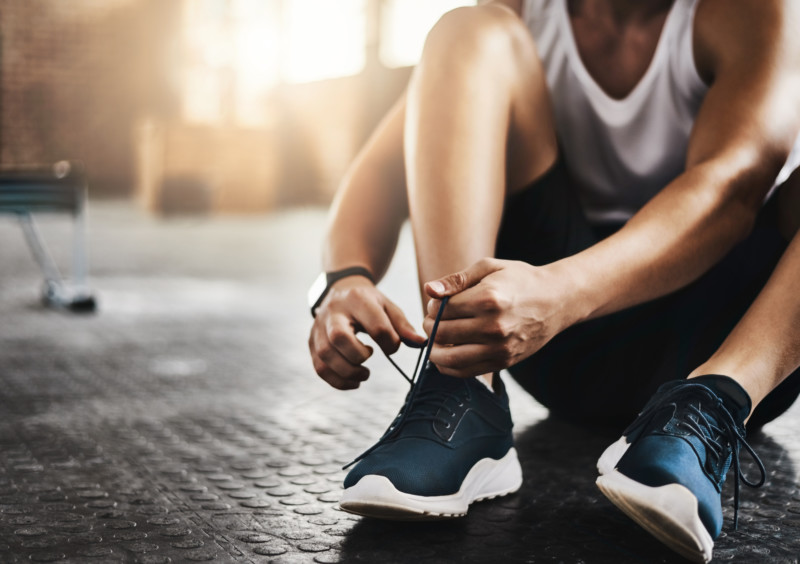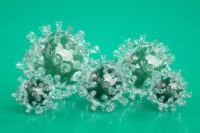I just threw away 15 pairs of sneakers that all looked brand new. Unless they have been run straight into the ground or are just not working with your current sportswear wardrobe this makes absolutely no sense, right?!
Well, it wasn’t easy for me to get rid of my favorite Adidas, Nike and New Balance kicks, but I did it for good reason: I was recently diagnosed with a Peroneal muscle region strain and I need to start my recovery off on the right foot, with the right shoes!
My doctor recommended the Asics Metarun sneaker, which is one of the top running shoes on the market right now. I bought two pairs and my feet already feel better. The Metarun is not cheap, but the style has got all the bells and whistles.
When you’re working out and your feet sweat, they swell and so do your shoes. Some shoes won’t ever go back to their original shape, but thanks to the organic fibers they’re made with, my Metaruns can bounce right back (Tip: put your sneakers back in the box they came in after use to ensure they keep their shape). I also love that the shoes are supportive and lightweight.
Here are some ways that you can determine when it’s time to get new running shoes:
The outer sole of most sneakers is made out of carbon rubber, which means that you can’t see what’s being worn down on the inside. You may instead notice that your feet are dipping in a pattern they shouldn’t be – where your shoes no longer touch the ground equally on both sides – and for me this was throwing my gait off. This is when you know it’s time to invest in a new pair of sneakers.
The midsoles of your sneakers are usually made up of a foam material called EVA (ethylene vinyl acetate) or polyurethane. The goal of the midsole is to absorb the shock from the repeated impact of your foot hitting the ground especially if you are a runner or taking a HIIT class. But once the midsole loses its shape, it will change the alignment of your foot and eventually become uncomfortable or lead to injuries. This can happen after about 400 to 500 miles of walking or running or 40 to 60 hours of aerobic exercises like dance, tennis, basketball or baseball.
If you notice that your feet start to hurt more than usual while working out, you might want to take a look at the kicks you are wearing.
The heel of the shoe helps to hold the midsole firm and prevents heel motion. If you don’t like to untie your shoes, you might do some damage to the heel.
If you can’t plant your feet properly while running, this is usually a result of the heel.
Other ways you can ward off injury is to remember to tie your shoes tightly enough, but not so tight that you cut off the circulation and to make sure to store your shoes away from heat sources and light, as they reduce the life of the sneaker.
DRENCHED™ NY, llc., Copyright © 2018 DRENCHED™ | All Rights Reserved





